Have you ever wondered what goes on behind the scenes when world leaders discuss important matters like trade? Picture this: Indian Prime Minister Narendra Modi and U.S. President Donald Trump standing side by side at a press conference in the White House, addressing the media against a backdrop of an ornate gold curtain and chandelier.
“U.S. and Indian officials concluded an initial round of discussions on a bilateral trade deal in New Delhi over the weekend.”
These high-stakes discussions are crucial for both countries, especially as they navigate through the complexities of global trade policies. The recent talks between American and Indian officials marked just the beginning of what promises to be a long and intricate negotiation process.
“The levies could hit India hard: The country has a nearly $50 billion trade deficit with the United States in its favor.”
With Washington’s new reciprocal tariffs looming, there is added pressure to reach agreements that will benefit both nations. These negotiations aim not only to address tariffs but also non-tariff barriers that hinder smooth trade relations between India and the U.S.
Expert analysts suggest that while India has shown willingness to increase imports from the U.S., there are underlying economic factors that might influence their final decisions during these talks. It’s not just about numbers; it’s about strategic economic planning and national interests.
“India has already committed to increasing imports of U.S. goods, but important Indian economic considerations might make New Delhi unwilling to purchase as much as Washington would like.”
As we delve deeper into this complex web of international diplomacy, it becomes clear that these negotiations are not merely about numbers on paper; they carry significant implications for jobs, industries, and overall economic stability in both countries.
So next time you hear about trade deals between nations, remember that behind every agreement lies a story of collaboration, competition, and compromise – elements that shape our interconnected global economy.


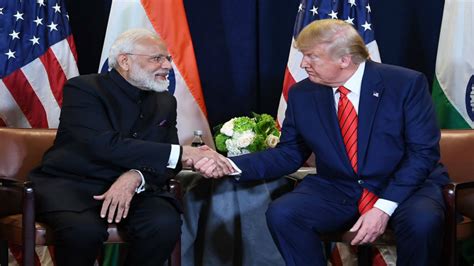
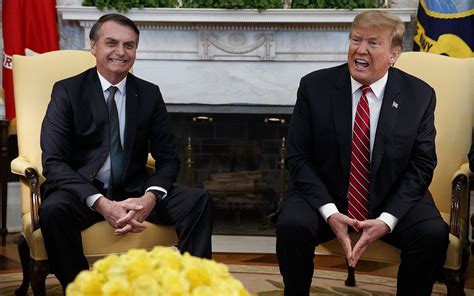
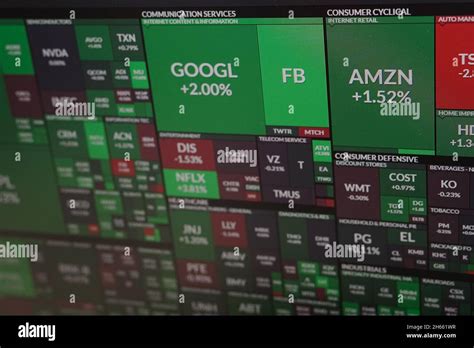
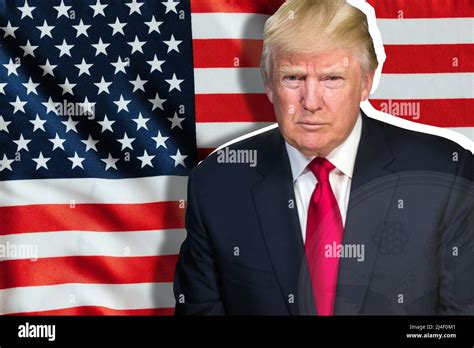
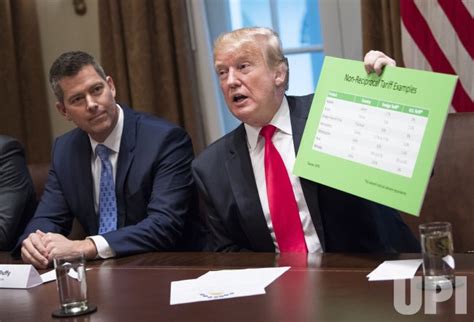
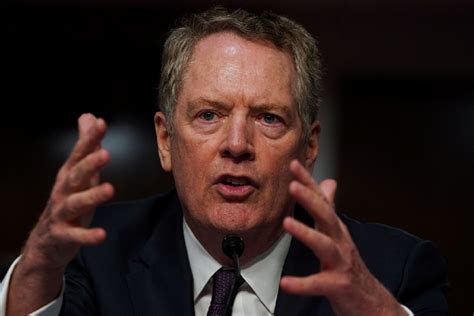

Leave feedback about this